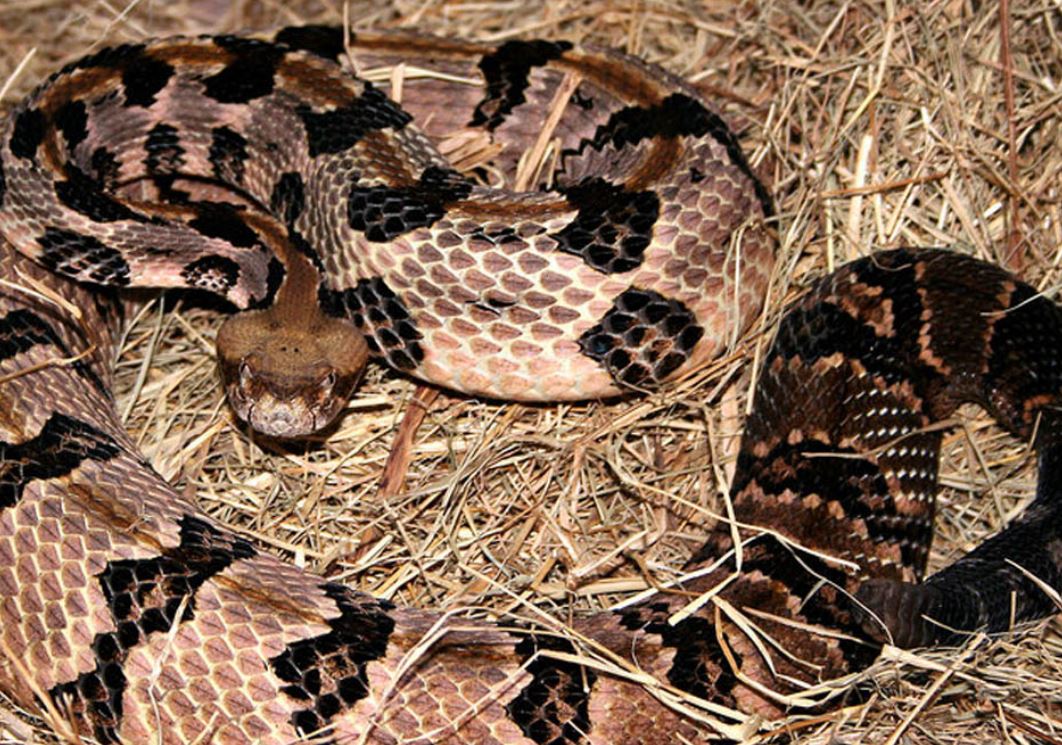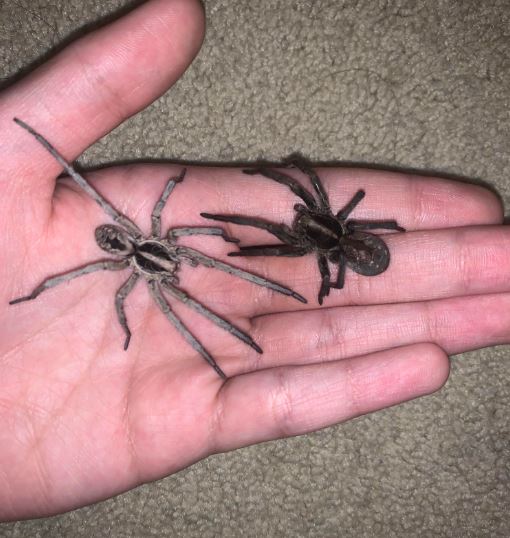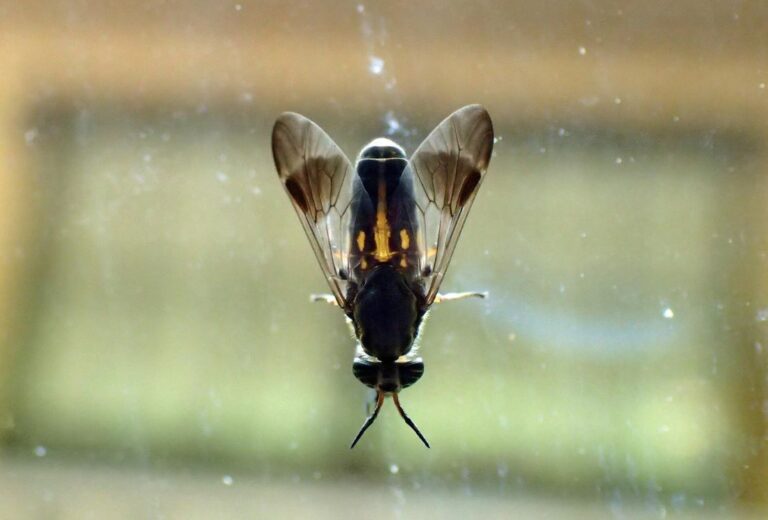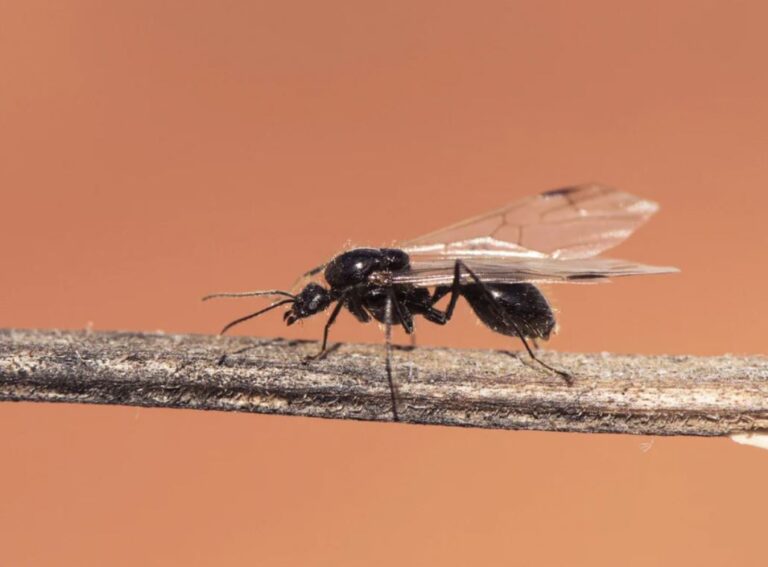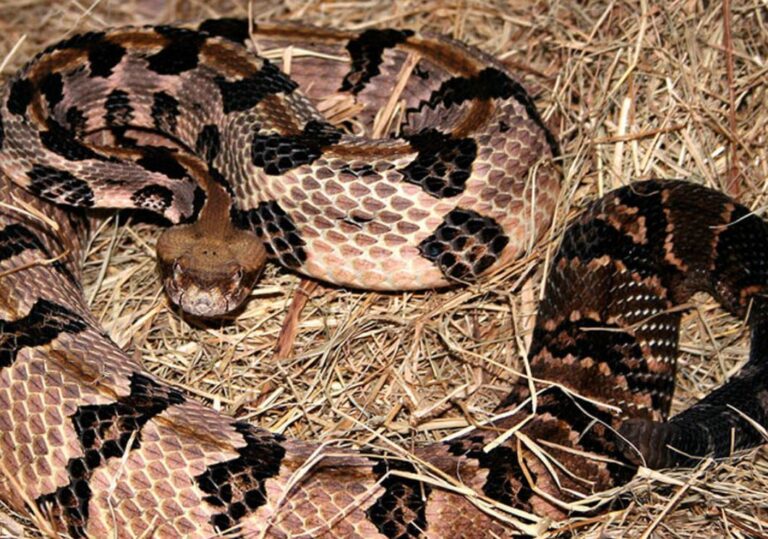Discovering the Snakes of Lake Norman, NC: A Guide to Local Species
Lake Norman, North Carolina, is a popular destination for boating, fishing, and outdoor recreation. But beyond its scenic waters and lush surroundings, the lake is also home to a variety of wildlife—including several snake species. While encountering a snake can be startling, most species in the area are harmless and play a vital role in the local ecosystem.
In this article, we’ll explore the different snakes found in and around Lake Norman, separating the harmless from the venomous, and providing tips on how to safely coexist with these fascinating reptiles.
Non-Venomous Snakes of Lake Norman
The majority of snakes in the Lake Norman area are non-venomous and pose no threat to humans. These species help control rodent and insect populations, making them beneficial to the environment.
1. Eastern Rat Snake (Pantherophis alleghaniensis)
- Appearance: Black or dark brown with a white or cream underside; juveniles have a blotched pattern.
- Habitat: Forests, fields, and near water sources.
- Behavior: Excellent climbers, often found in trees or barns.
- Role in Ecosystem: Feeds on rodents, birds, and eggs.
2. Northern Water Snake (Nerodia sipedon)
- Appearance: Dark brown or gray with reddish-brown bands; often mistaken for cottonmouths.
- Habitat: Near lakes, rivers, and wetlands.
- Behavior: Strong swimmers but will flee if approached.
- Note: Though non-venomous, they may bite if handled.
3. Eastern Garter Snake (Thamnophis sirtalis)
- Appearance: Greenish-brown with three yellow stripes running down the body.
- Habitat: Grasslands, gardens, and near water.
- Behavior: Mild-mannered; often seen basking in the sun.
4. Dekay’s Brown Snake (Storeria dekayi)
- Appearance: Small (9-13 inches), light brown with darker spots.
- Habitat: Under logs, leaf litter, and in moist areas.
- Diet: Primarily slugs and earthworms.
5. Eastern Kingsnake (Lampropeltis getula)
- Appearance: Glossy black with white or yellow chain-like bands.
- Habitat: Forests, fields, and near water.
- Unique Trait: Immune to venom and known to eat other snakes, including venomous ones.
Venomous Snakes of Lake Norman
While most snakes around Lake Norman are harmless, there are a few venomous species to be aware of. These snakes are generally reclusive and will avoid humans if given the chance.
1. Copperhead (Agkistrodon contortrix)
- Appearance: Tan with hourglass-shaped dark brown bands.
- Habitat: Wooded areas, rocky outcrops, and near water.
- Behavior: Camouflages well; bites only if threatened.
- Danger Level: Venomous but rarely fatal; seek medical attention if bitten.
2. Timber Rattlesnake (Crotalus horridus)
- Appearance: Heavy-bodied with dark crossbands and a rattle at the tail.
- Habitat: Dense forests and rocky hillsides.
- Behavior: Shy; rattles as a warning before striking.
- Note: Uncommon around Lake Norman but present in surrounding regions.
3. Cottonmouth/Water Moccasin (Agkistrodon piscivorus)
- Appearance: Dark brown or black with a white-lined mouth (when threatened).
- Habitat: Swamps, marshes, and slow-moving water.
- Myth Debunked: Often confused with harmless water snakes; true cottonmouths are rare in Lake Norman.
Safety Tips for Snake Encounters
- Observe from a Distance – Never attempt to handle or provoke a snake.
- Wear Protective Footwear – When hiking near water or in tall grass.
- Check Before Stepping – Look around logs, rocks, and brush before sitting or stepping.
- Educate Children & Pets – Teach them to avoid snakes and notify an adult if they see one.
- If Bitten by a Venomous Snake:
- Stay calm and keep the affected limb immobilized.
- Remove tight clothing or jewelry near the bite.
- Seek emergency medical help immediately (do NOT attempt to suck out venom or use a tourniquet).
Conclusion: Coexisting with Lake Norman’s Snakes
Snakes are an essential part of Lake Norman’s ecosystem, helping to keep pest populations in check. While venomous species exist, they are not aggressive unless threatened. By learning to identify local snakes and practicing caution, residents and visitors can safely enjoy the natural beauty of the area.

